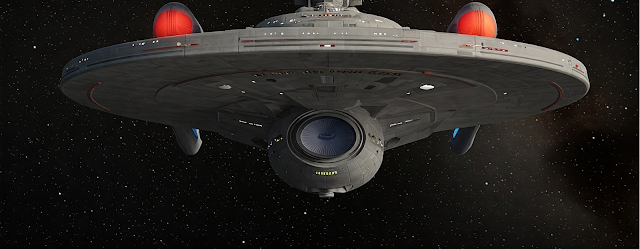Captain's Log: Respite and Rejuvenation - Stardate 66163.3 (2012)
Main Entry:
After a month spent immersed in the rugged beauty of the wilderness, particularly the demanding exploration around Warrior's Wall and Loy Canyon, a change of pace was in order. The constant carrying of a backpack and navigating the elements took its toll. A comfortable room and a chance to freshen up were greatly needed.
Serendipitously, a local retreat proved to be the perfect sanctuary. A fortunate encounter with a fellow traveler, a homeless girl in need of shelter, led to a shared accommodation. The honeymoon suite, surprisingly available and secured with a $147 discount, provided luxurious comfort for a one-week stay from Monday, April 2nd through Sunday, April 8th, 2012, at the remarkably low cost of $189.
The suite's amenities were extensive and contributed greatly to the much-needed rest and relaxation. It featured a Full Kitchen equipped with a Dishwasher, Stove, Refrigerator, And All Appliances, allowing for convenient meal preparation. The Lovely Comfortable Bedroom boasted a King Bed and a Large Window with Incredible Views of the Scenic Red Rock landscape. These breathtaking Views From the Large Bedroom Window provided a constant connection to the beauty of Sedona, even while indoors.
The suite also included a comfortable Living room, perfect for unwinding. The Beautiful Tile and Talavera Sink in the Bathroom added a touch of local charm. Stepping onto the patio or relaxing in the living room offered even more stunning vistas, with a Thunder Mountain View From the Patio And Living Room and a captivating Chimney Rock View from the Patio and Living Room. The traveler even noted Another View of Chimney Rock and Thunder Mountain from a different vantage point within the suite. The emphasis on these gorgeous red rock panoramas underscores the immersive experience of being in Sedona, even during a period of rest.
However, the primary focus of this log entry remains on rest and recuperation, and the unexpected companionship. The traveler explicitly states, "Sorry no photos as we just settled in for the week and enjoyed each other's company in more ways than one." This suggests a period of intense relaxation and personal connection, a deliberate withdrawal from the rigors of exploration.
This interlude of rest was, however, not the end of the journey. The traveler hints at a new adventure, stating, "Then we set off for another adventure hiking A Rainbow Graces of Thunder Mountain's Beauty in and around Secret mountain Wilderness where we found a cave and nestled down in! But that's another story." This suggests a continued exploration of the Sedona area, albeit perhaps with a renewed vigor after the week of respite. The mention of a "cave" hints at a return to a more rugged, less conventional form of accommodation.
Conclusion: This log entry marks a temporary shift in the traveler's journey, from demanding wilderness exploration to a period of much-needed rest and personal connection in a well-appointed honeymoon suite with stunning red rock views, from April 2nd to April 8th, 2012. The amenities provided a luxurious respite, allowing the traveler to recharge before embarking on yet another adventure in the Sedona landscape.
Epilogue: The USS Urland Universe notes the traveler's transition from intense wilderness exploration to a period of rest and rejuvenation in a comfortable suite with exceptional views, from April 2nd to April 8th, 2012. The subsequent mention of Thunder Mountain and a cave suggests a continuation of the Sedona incursion, albeit with a renewed focus and a new companion. Further logs will be required to detail this next phase of the journey.




.png)



.png)
.png)
















